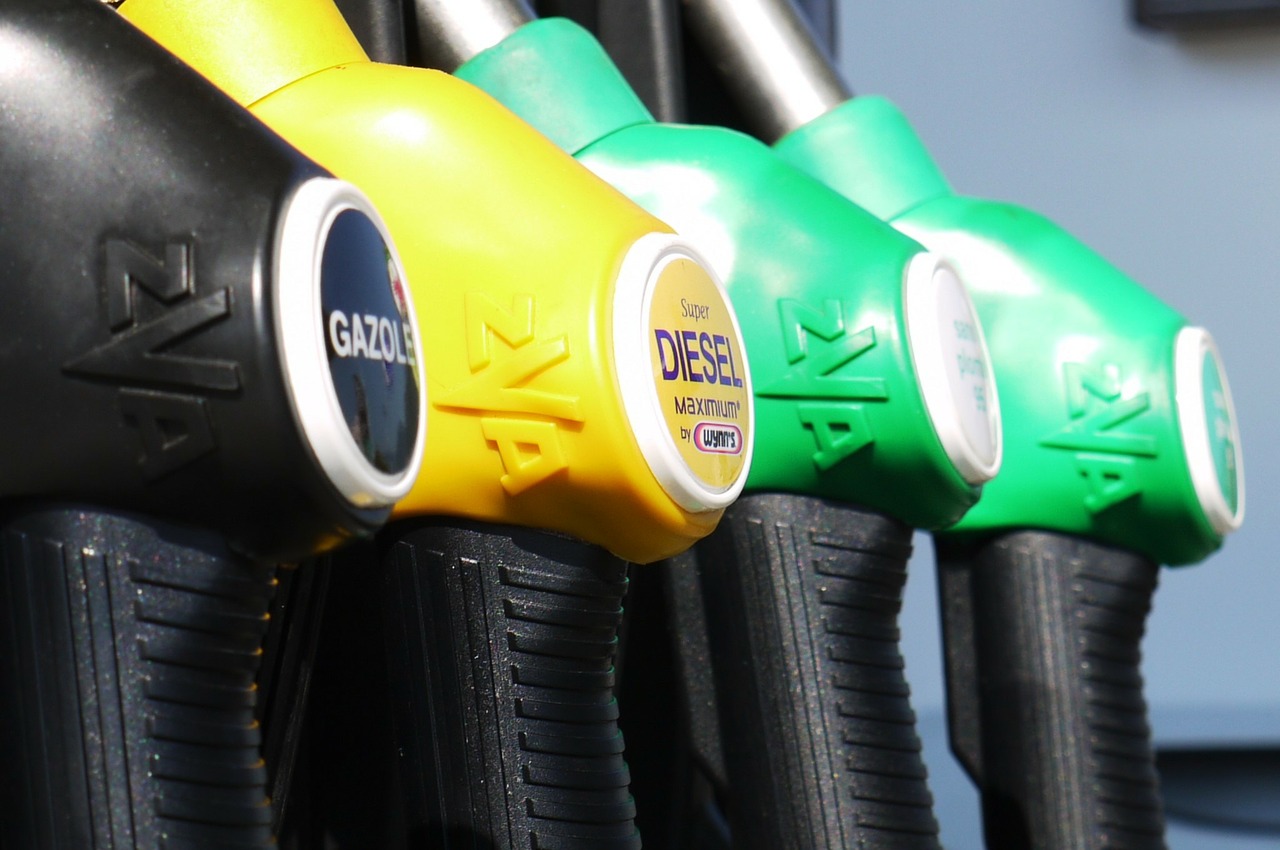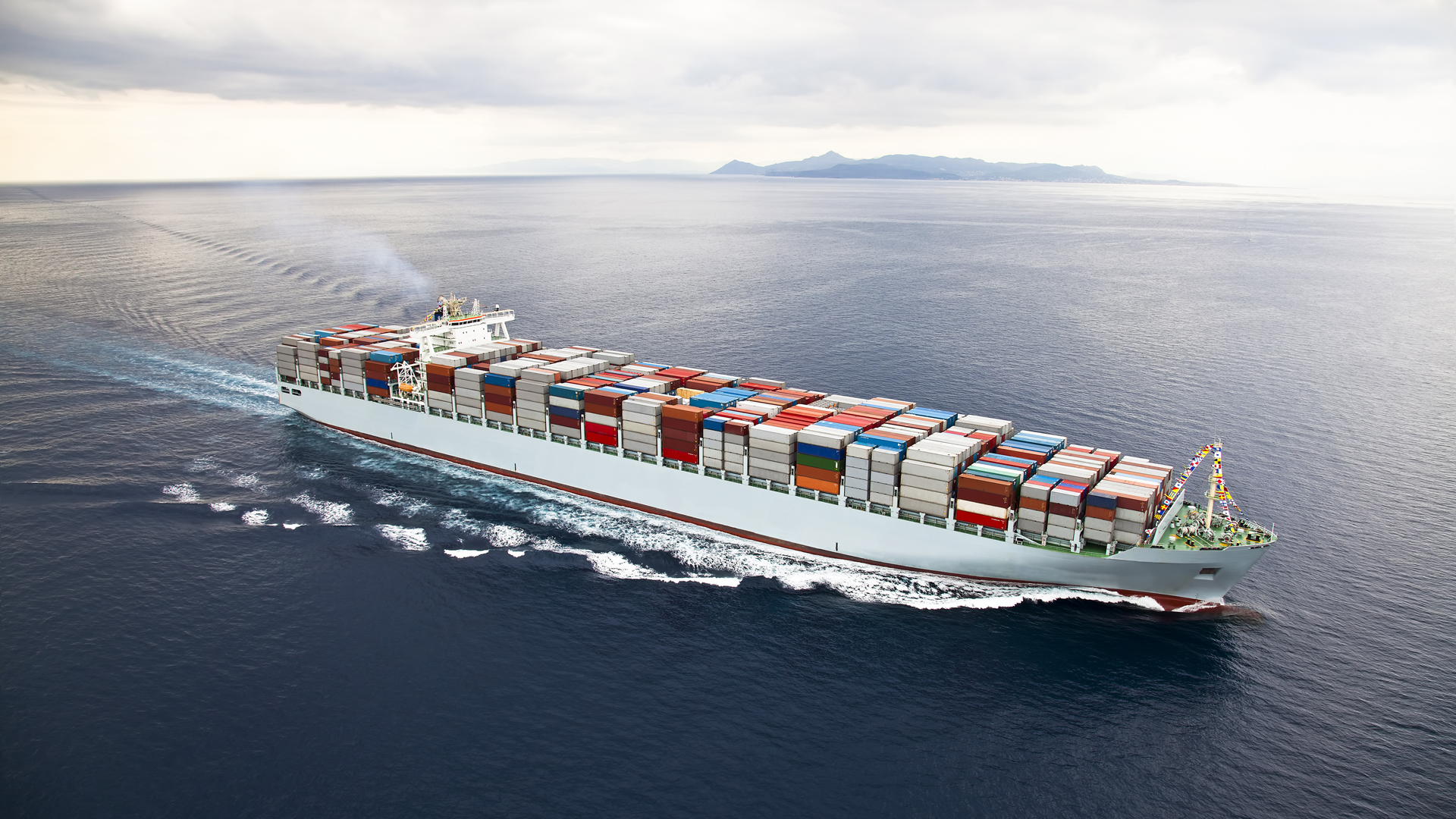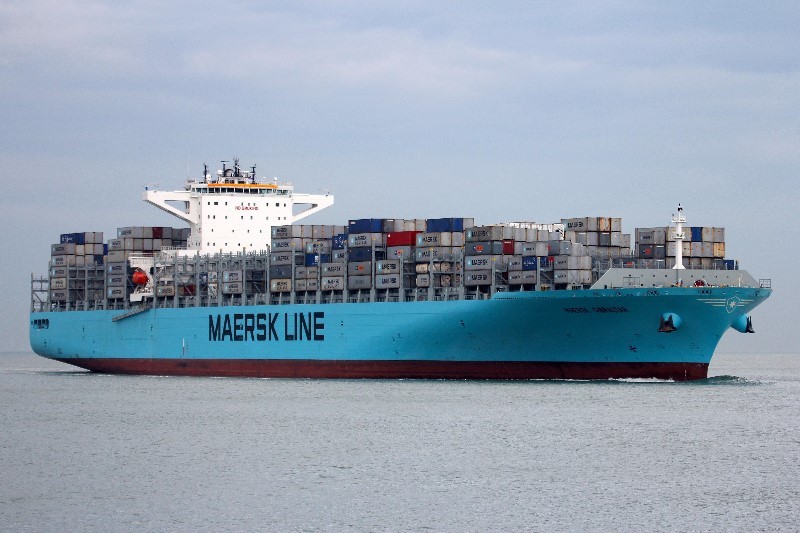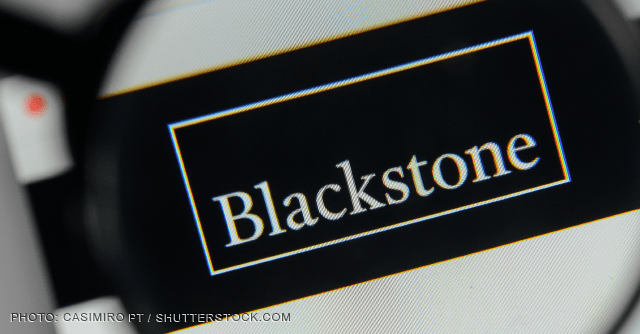It’s going to be a very tough transition to the low sulfur world, ocean shipping experts believe. And that’s because the availability of low sulfur fuel is “uncertain”, the use of scrubbers is unsustainable and ocean going ships will quickly burn through low sulfur stockpiles.
High demand, restricted supply and a run-down of stockpiles equals one sure consequence: a price spike.
“Prices will go through the roof,” one ocean shipping expert told FreightWaves at the side of the Marine Money Week Asia 2019 conference, which was held this week in Singapore.
Oil, sulfur and air pollution
Ocean going ships today normally burn residual fuel oil, which is basically a near-waste material that’s left over after crude oil is refined into substances such as gasoline, kerosene and other petrochemicals.
Burning residual fuel oil releases lots of sulfur dioxide. And it’s very nasty stuff.
Breathing sulfur dioxide irritates the body’s internal air passageways, causing coughing, wheezing, shortness of breath. Inhaling sulfur dioxide makes breathing more difficult and it’s particularly hard on people with asthma.
Sulfur dioxide in the air also leads to the formation of sulfur oxides (SOx) and these react with other chemicals to form super-tiny specs of dust called “particulate matter”. These tiny particles penetrate deeply into the lungs and into the bloodstream. They cause irregular heart beats, inflammation of internal organs, decreased ability to breathe and heart attacks.
Worse, every year we, the human population of Earth, suffer a massive, preventable and tragic disaster because repeatedly breathing particulate matter is deadly.
Scientists reckon that, every year, breathing ship-source emissions causes over 400,000 early, and preventable, deaths.
Sulfur dioxide also gets absorbed into water in the air and falls to the ground as acid rain. That kills forests, kill fish in lakes and streams, and damages crops.
And that’s why the IMO has acted to ban the burning of high sulfur fuel oil. As of January 1, 2020, ships will be forbidden from burning fuel oil with more than 0.5 percent sulfur content. Certain other specially protected and pre-existing Sulfur Emissions Control Areas, such as the English Channel, the North Sea and the entire coast of continental USA (excluding Alaska) will have an extra-low level of 0.1 percent. The Sulfur Emissions Control Areas were set up in July 2010.
Low sulfur fuels
There are a few ways to comply. Ships can use fuel that basically does not have any sulfur in it. One compliant fuel is liquefied natural gas. But, at minus 260 Fahrenheit, LNG is very difficult to handle and it requires a lot of technical skill to do so. There are only about 600 or so such ships in the world fleet, according to David Jordan, regional director Asia at commercial shipping consultancy MSI. And most of those ships are LNG carriers. Although LNG looks like it may be a major fuel type for ocean going ships in the future, it is not today.
Another way to comply is to use low sulfur fuel. Unfortunately for the U.S. trucking industry, refiners that have been producing low sulfur diesel will likely use the same feedstock to create low sulfur marine fuel. There is limited capacity to produce both types of fuel.
“IMO sulphur regulations… have the potential to be highly disruptive to the pricing and availability of compliant fuels,” says analyst company Wood Mackenzie. It adds that a growing demand for distilled fuels could “result in an upward price pressure on fuels such as diesel and jet fuel. Knock-on effects from the upcoming cap on sulphur emissions in marine bunker fuel could even wind up giving you a more expensive plane ticket in 2020”.
Thirsty? Drink up! Drink up… 3.5 million barrels of oil
The potential for disruption is so great because ocean going cargo ships are so very, very thirsty.
In 2018, the global maritime sector had a demand for high sulfur residual fuel of about 3.5 million barrels a day out of a total demand of about seven million barrels a day i.e. the maritime sector accounts for about half of total fuel oil demand.
“And the global refining system is not yet equipped to make this volume of residual fuel oil at 0.5 percent sulfur once the regulation goes into effect,” says independent corporate consultant McKinsey.
There have been a fair few media reports of traders and some shipping companies buying up stocks of low sulfur fuel oil. While traders will probably make a killing on a likely upsurge in low sulfur fuel prices, the source scoffed at the idea that any reserve of low sulfur fuel could bolster supply to, and ameliorate prices for, the maritime industry.
“Any stockpile will evaporate within a month – it’s a tiny, tiny drop vis-a-vis the size of the world fleet,” he said.
High demand plus low supply equals price spike
FreightWaves’ Craig Fuller also notes that the current U.S. consumption of ultra low sulfur diesel is about 4.1 million barrels a day. And, he adds, although only some demand will be met from the U.S., “the demand for refined and low sulfur fuel will be roughly equivalent to 80 percent of the consumption of the U.S. market”.
IMO 2020 will likely lead to a fuel price increase.
“Because of IMO 2020, estimates of an increase in wholesale ULSD prices range from $0.22 to $0.50 per gallon. The current average ULSD wholesale price is $1.89 per gallon; the estimated increases translate to a 12 percent to 26 percent increase in the cost of ULSD diesel from the refineries. Once the ULSD makes its way into the hands of the retail market, which currently sits at $3.05 per gallon, it could drive diesel prices north of the highest prices seen in the U.S. market in the past year – over $3.55 per gallon, and in parts of Northern California $4.60 per gallon,” Fuller writes.
Scrub-up
The third way to comply is to use exhaust gas cleaning systems, which are commonly known as “scrubbers”. Roughly speaking, sulfur in exhaust gases is attracted to seawater, which is alkaline (which is the same as “basic” as in “acid” and “basic”). The scrubber sprays seawater as a mist into the exhaust gases. The sulfur binds to the seawater and the waste stream is discharged into the sea.
However, ocean going shipping experts do not see scrubbers as a viable solution.
“Scrubbers won’t work,” one executive told FreightWaves at the Marine Money Week Asia 2019 conference in Singapore. He did not mean that they do not physically or economically work, he meant that they are not a long-term solution to the problem of sulfur in fuel.
As at April 1, 2019, there were just over six hundred ships fitted with scrubbers according to data company IHS Markit. And there were a further 1,674 ships due to be fitted with scrubbers. That’s about 2,300 or so scrubber-equipped ships.
In any event, not all of those ships will have scrubbers fitted in time for the IMO 2020 deadline.
Singapore-based Quantum Pacific Shipping is a large ship owner that put a lot of money down on installing scrubbers across its fleet. Kenneth Cambie is Quantum’s chief financial officer. He explained the company’s thinking at the Marine Money Week Asia 2019 conference. Owing to the large number of ships it owns, Cambie explained, Quantum Pacific Shipping had to look ahead.
“We saw scrubbers as a good bridge to LNG. Scrubbers get us through the price and uncertainty of supply… scrubbers work but they’re not a long term solution,” he told the conference.
Cost and the scrubber order book
Scrubbers cost up to about US$5 million, although that will vary depending upon the exact type of scrubber and the type of vessel that it is installed upon. The scrubber price tag is significantly less for smaller vessels. Sebastian Blum, director maritime industries, with KfW IPEX-Bank, told the Marine Money Week Asia conference that about US$500 million has been spent on buying scrubbers between 2015 to 2019.
The number of scrubber equipped ships is tiny as a percentage of the world fleet. While estimates of the size of the world fleet will vary, the number of individual ocean-going ships in the world fleet is in the range of 90,715 (Equasis; 2017) to 94,169 (UNCTAD; 2018) ships.
That puts a rough estimate on the size of the scrubber-equipped fleet as a percentage of the world fleet at about 2.4 percent.
And the latest intelligence suggests that there won’t be an upsurge in scrubber orders. It’s very much the opposite. The number of scrubber orders may have dried up. KfW IPEX-Bank’s Blum provided some insight. He told FreightWaves that “nothing happened” between 2015-2018 and that most of the early-bought scrubbers were installed on ships deployed on routes through the Sulfur Emissions Control Areas.
Eirik Dahlberg is the general manager of Clean Marine, a supplier of scrubber systems. He was on a panel at Marine Money Week Asia 2019.
“It was in 2018 where everything took off. We were at 150 contracts. Then it stopped. Ship owners saw that they could not receive vessels or retrofit ships in 2019. Ship owners then climbed up onto the fence…”.
A good example of that was given by Graham Porter, one of the founders of Seaspan Corporation (NYSE: SSW). He told the Marine Money Week Asia conference: “we’re not a believer in scrubbers so we’ve taken our chips off the table and [we will] wait”.
Why would they, just for you? They wouldn’t!
An insight into how ship owners are thinking was provided by the FreightWaves source. He pointed out the nature of the marine fuel supply chain makes it unlikely that there will even be a continued supply of high sulfur fuel oil to be fed into scrubbers.
“Longer term, low sulfur fuel oil will become the norm, just like unleaded, right? Look at the bunker [marine fuel] supply chain. I’m not talking about the big boys like Shell, I’m talking about the small operators. They’ve got, what, four or five tanks on the land side? And they have a max of a bunker barge, or two, maybe three?
“If you want high sulfur fuel oil delivery for your scrubber system ship, then they [the bunker supplier] have to keep a quarter to a fifth of their capacity separate because you don’t want to mix fuels.
“Why would they block up to one quarter to one fifth of their capacity just for you? Low sulfur fuel will become normal, so why would they keep off-spec fuel just for you? Especially when you, as a market share, represent less than five percent of the market. Why would they? They wouldn’t.
“And don’t tell me that bunker pooling will work. It never will. The bunker people hate each other.
“Ship operators tell me they don’t really care about scrubbers. They just want to get their money back on the scrubber system in five or six years. After that, once it’s settled down, they’ll just switch to low sulfur.
“They’re just trying to avoid the likely price spike for low sulfur fuel… pricing is just going to go through the roof.”
Marine Money granted a complimentary invitation to Jim Wilson to attend its Marine Money Week Asia 2019 conference in Singapore; FreightWaves paid for all travel and accommodation expenses.
Elsewhere around the maritime world
KOGAS eyes LNG terminal in Vietnam
Dredging and Port Construction
Stena Impero released by Iran
Seatrade
Cosco sanctions send ‘shockwave’ through tanker markets
Lloyds List
EU mulls tariffs on US exports to hit back at Trump threat
The Loadstar


















